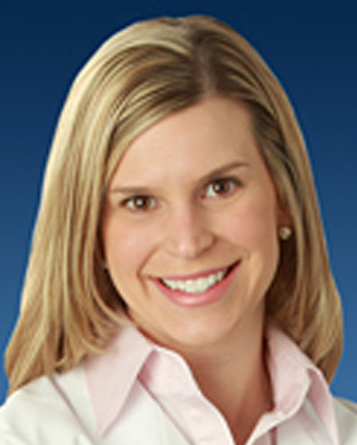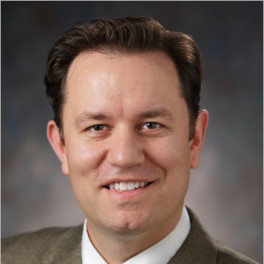

- #Tweeten boise ophthalmology code
- #Tweeten boise ophthalmology iso
- #Tweeten boise ophthalmology professional


#Tweeten boise ophthalmology code
NOTE: ZIP code plus 4-digit extension, if available. The postal ZIP or zone code in the mailing address of the provider being identified. Provider Business Mailing Address Postal Code This data element may contain the same information as ‘‘Provider location address State name’’. The State or Province name in the mailing address of the provider being identified. Provider Business Mailing Address State Name The city name in the mailing address of the provider being identified. Provider Business Mailing Address City Name This data element may contain the same information as ‘‘Provider first line location address’’. The first line mailing address of the providerīeing identified. Provider First Line Business Mailing Address ExamplesĪre MD, DDS, CSW, CNA, AA, NP, RNA, or PSY.
#Tweeten boise ophthalmology professional
The abbreviations for professional degrees or credentials used or held by the provider, If the provider is an individual for example, Mr., Mrs., or Corporal. The name prefix or salutation of the provider The middle name of the provider, if the provider The first name of the provider, if the provider If the provider is an individual, this is the legal name.

Human being that furnishes health care (for example, hospital, SNF, hospital subunit, pharmacy, or HMO). Codes are 1 = (Person): individual human being who furnishes health care 2 = (Non-person): entity other than an individual There is no intelligence about the health care provider in the number.Ĭode describing the type of health care provider that is being assigned an NPI.
#Tweeten boise ophthalmology iso
The NPI number includes an ISO standard check-digit in the 10th position. Including those who do not accept Medicare insurance.The 10-position all-numeric identification number assigned by the NPS to uniquely identify a health care provider. This data contains detailed records about payments and other transfers of value from pharmaceutical and medical device companies to doctors.Īlthough the Open Payments program is administered by Medicare, it covers almost all doctors in the United States, We encourage users to discuss this information with their doctors.ĭata in this section is calculated using Open Payments data, collected by Medicare as part of the Affordable Care Act. To help users assess potential conflicts of interest. Therefore, in addition to showing the payments information, we provide some context, such as the median amount for doctors of that specialty, However, CareDash does not believe that these transfers of value necessarily mean a doctor is ethically compromised.Įating sponsored food at conferences and speaking on behalf of pharmaceutical companies are not the same thing.įurther, we believe that there are doctors who have success with companies' products, get paid to speak about them,Īnd are still foremost devoted to successful patient outcomes. government collects and publishes these records due to concerns about conflicts of interest. Some examples include:Ĭonsulting fees that companies pay to doctors, to get their input about their products and researchĬompanies paying doctors to speak about their products at conferencesĬompanies taking doctors out to dinner to tell them about a new drug or medical deviceĬompanies paying for travel, hotel rooms, and food at medical conferences government collects extensive records about these relationships. This section shows the financial relationships between doctors and pharmaceutical and medical device companies. More questions? You can always contact us. Always check with your doctor before making any decisions. It may also be skewed towards procedures more common among Medicare beneficiaries than the general population.Ī lack of detection does not necessarily mean a lack of expertise, just that it was not visible within this dataset. The data is limited to Medicare beneficiaries, meaning that physicians that do not accept Medicare (<10% of all physicians) will be excluded. While this data can provide a wealth of knowledge, it comes with certain limitations. These procedures go into this section in order to help consumers make more informed choices. Using this data, we can detect when doctors perform certain procedures more frequently than similar providers. It includes aggregate information about the procedures performed by different providers. This feature uses Medicare data to determine how often a provider performs a procedure relative to other providers in their state also performing the same procedure.ĭata in this section is calculated using Medicare Physician and Other Supplier Data, which provides records of Medicare utilization throughout the United States. This section highlights the procedures that Dr.


 0 kommentar(er)
0 kommentar(er)
